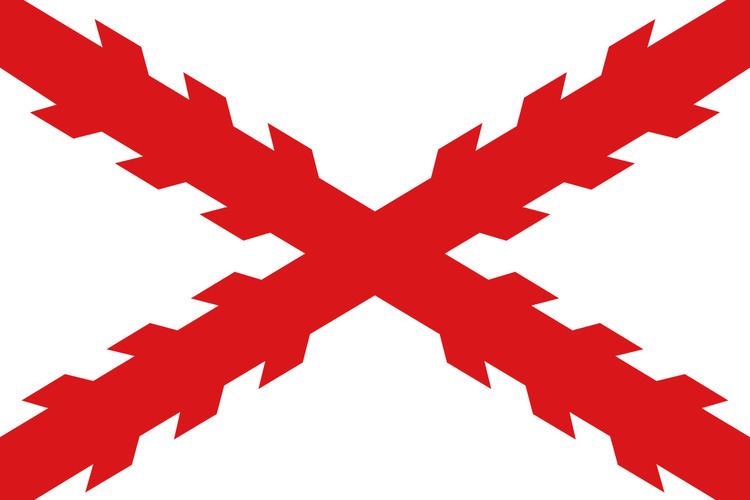Church Roman Catholic Predecessor Protacio Cabezas Appointed July 18, 1757 | See Cebu Name Miguel de Ordination 1758 Term ended 1771 | |
 | ||
Successor Mateo Joaquin Rubio de Arevalo | ||
Miguel Lino de Ezpeleta (sometimes spelled as de Espeleta) (Manila, June 1701 – Cebu, July 1771) was a Spanish Criollo born in Manila who served as the Bishop of Cebu from 1757 until his death in 1771. Consequently, he assumed the position as the governor-general from 1759 to 1761 during Spanish intervention to the Seven Years' War and prelude to the occupations of Manila and Cavite.
Contents
Life and succession
Miguel Lino de Ezpeleta was born in Manila in 1701. Though he was born to Spanish parents, he was often considered a Filipino rather than a Criollo. During Spanish colonial days, a criollo is a natural Spanish that was born in the colonies.
On July 18, 1757 he was appointed as the bishop of the Diocese of Cebu (now an archdiocese) and about a year later, he was ordained by the Archbishop of Nueva Caceres Manuel de Matos to bishopric.
Upon the death of Governor-General Pedro Manuel de Arandia Santisteban in 1759, the See of Manila and the See of Nueva Segovia are vacant, with de Ezpeleta as the Bishop of Cebu as the senior prelate of the islands. He assumed the post against the will of the Real Audiencia of Manila.
On July 22, 1759, the new Archbishop of Manila Manuel Rojo del Rio y Vieyra arrived in the country which made the occupation of de Ezpeleta to gubernatorial seat void. De Ezpeleta refused to step down of office after Rojo's orders. De Ezpeleta sought the support from the oidores of the Audiencia: two of the four oidores went to the side of de Ezpeleta while the other to Rojo. De Ezpeleta also raised the precedent of Juan Arrechedera, who previously had the same instance as him. They brought the question to the Council of the Indies through its prosecutor Francisco Leandro de Viana.
Administration
One of his initial actions against the previous administration of Arandia and the Real Audiencia was to revoke the reforms and decrees written by the ex-governor.
Later in 1759, he suppressed the armada of Fr. Jose Ducos, which was commissioned by Arandia to protect the Jesuit missionaries converting Muslims in Iligan Bay. One of the reasons of this suppression is that the Recollect missionaries in Caraga and Butuan filed a complaint to de Ezpeleta that they are not well protected. Spanish historian and biographer Jose Montero y Vidal pointed out that this suppression has greatly accelerated the depredations caused by Muslim pirates in Luzon and Visayas.
Much of de Ezpeleta's administration was occupied by the prosecution of don Santiago Orendain, former adviser of governor Arandia and was held responsible to the repression of the church. Orendain sought refuge in an Augustinian convent but was later seized and imprisoned in Fort Santiago.
In July 1761, a royal decree from Charles III of Spain coming from Madrid orders the stepping down of de Ezpeleta. He gave the administration of the colony to Archbishop Rojo afterwards.
